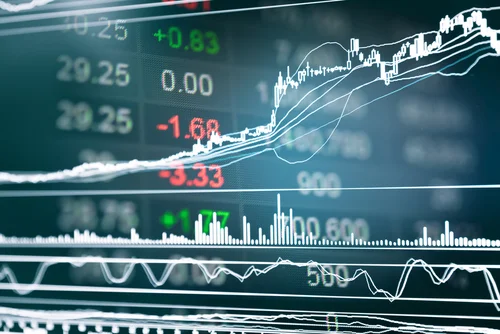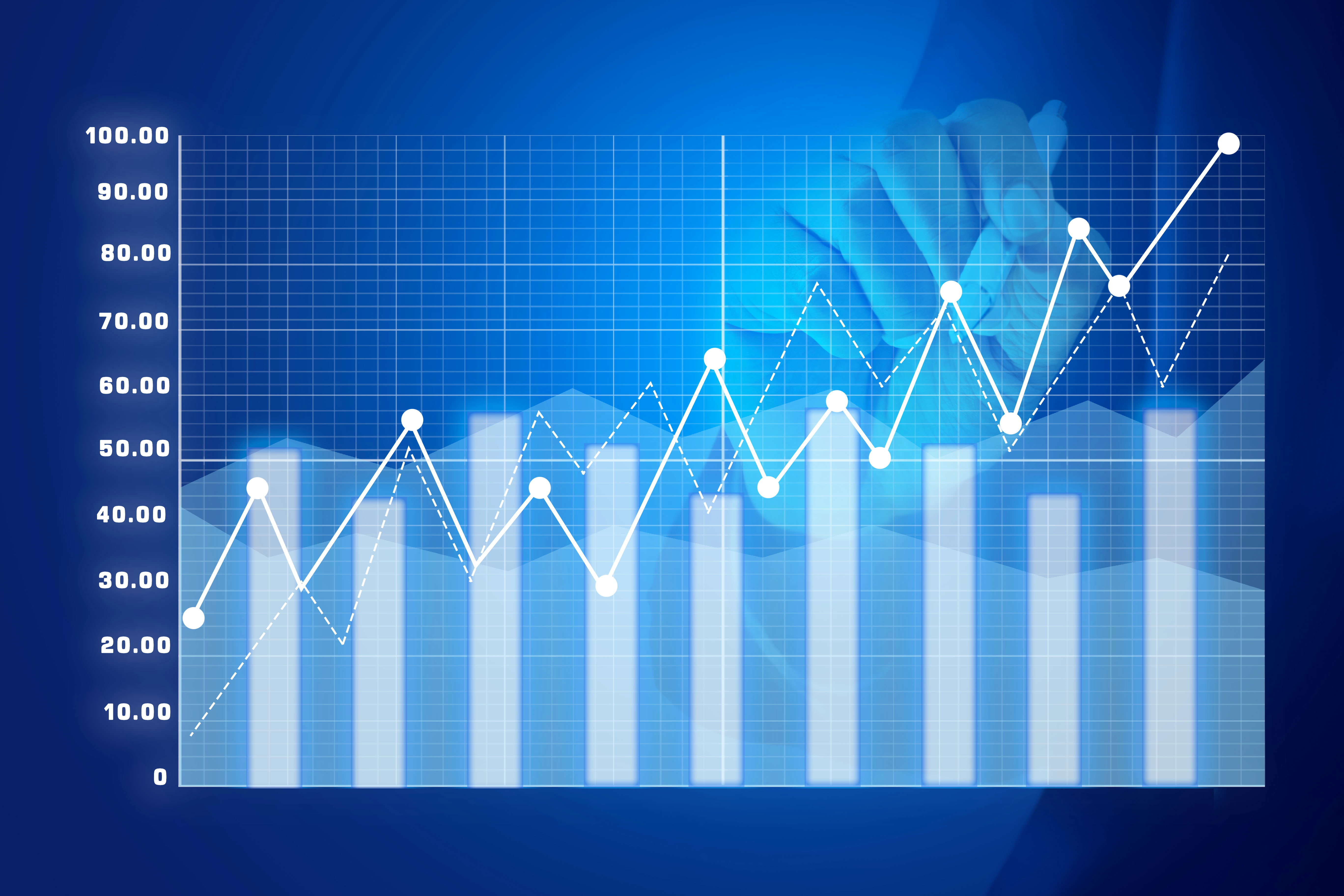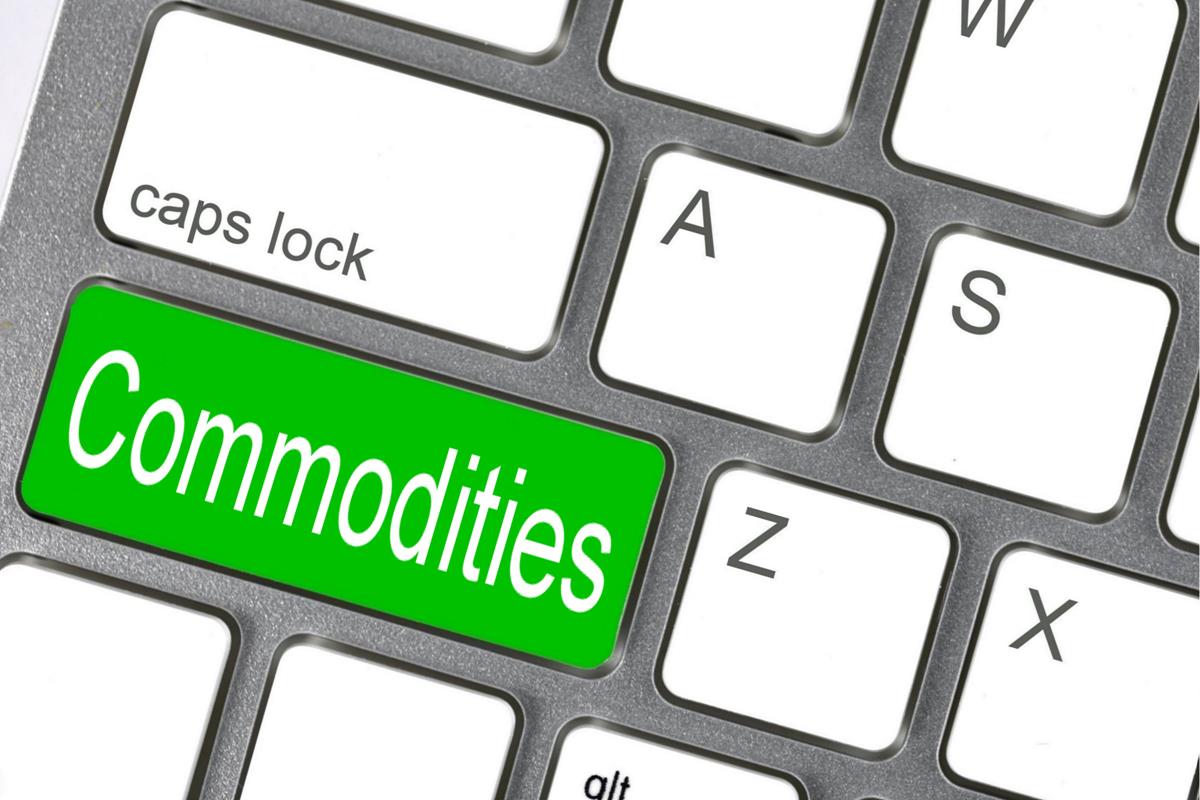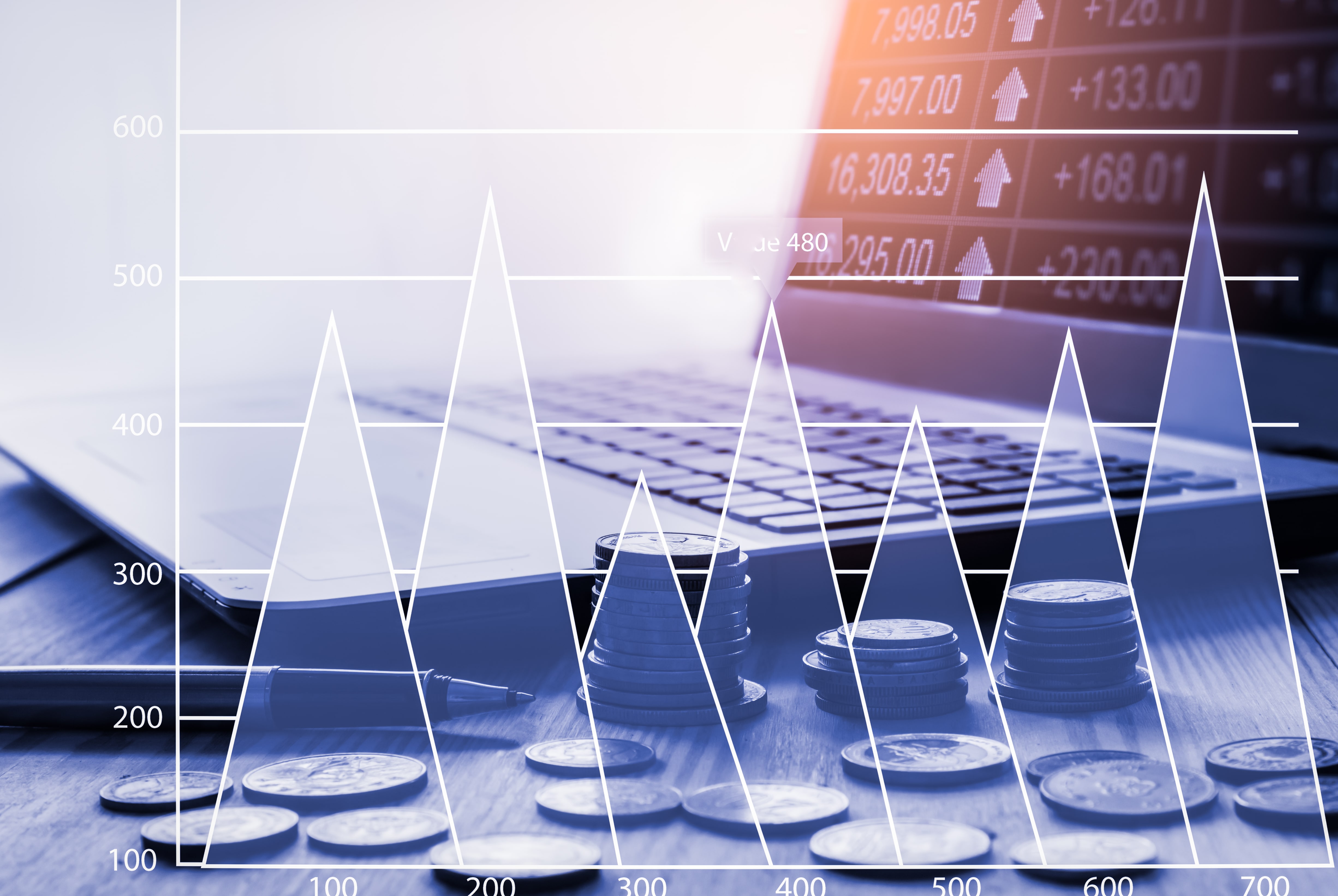Moving Average (MA)
The moving average (MA) is one of the most commonly used technical indicators in trading. It is simple to understand and can be used to identify buy and sell signals, as well as trend direction. In this article, we will explore the basics of the MA indicator and how to use it in your trading strategy
1. What is a moving average (MA)?
2. Why use a MA when trading stocks or currencies?
3. How to calculate a simple moving average (SMA)
4. How to apply a MA to your charting software
5. The different types of MAs and how to choose the right one for you
6. Trading strategies that use MAs
Moving averages are a commonly used technical indicator that can be used to identify trends and generate buy and sell signals. MAs are lagging indicators, meaning they will follow the price action. However, they can be used to confirm trend direction and help you time your entries and exits.
There are different types of moving averages, but the most common is the simple moving average (SMA). To calculate an SMA, you simply take the average of the past X period's closing prices. For example, if you wanted to calculate a 20-period SMA, you would add together the past 20 closing prices and then divide by 20.
When applying a MA to your charting software, you will need to choose the MA period. This is the number of past periods that will be used to calculate the average. For example, if you set the MA period to 20, the software will use the past 20 closing prices to calculate the average.
The different types of MAs include:
-Simple Moving Average (SMA)
-Exponential Moving Average (EMA)
-Weighted Moving Average (WMA)
-Hull Moving Average (HMA)
Moving averages can be used in a variety of trading strategies. Some common strategies include using multiple MAs to generate crossover signals, as well as using MAs to confirm trend direction.
When choosing a MA for your trading strategy, it is important to consider the time frame you are trading on. For example, if you are a day trader, you will likely want to use a shorter MA such as the 10 or 20-period MA. If you are a swing trader or investor, you may want to use a longer MA such as the 50 or 200-period MA.
Moving averages are versatile technical indicators that can be used in a variety of ways. In this article, we have covered the basics of MAs and how to use them in your trading strategy. Experiment with different MA periods and strategies to find what works best for you.
Why use a MA when trading stocks or currencies?
Moving averages smooth out price action by creating a single flowing line that represents the average price of the security over a specific period. This makes it easier for investors to identify trends, as well as support and resistance levels. Moving averages can also be used to generate buy and sell signals.
There are different types of moving averages, but the most commonly used are simple moving averages (SMA).
When trading with Moving Averages, it is important to keep in mind that they are lagging indicators. This means that they will always trail behind price movements. However, this lag can be used to your advantage by using Moving Averages as part of your trade entry strategy. For example, you could use a MA to confirm a breakout or a MA to time your entry into a trade.
Moving Averages can also be used as part of your exit strategy. For example, you could use a MA to take profits on a trade or use a MA to help you avoid getting into a losing trade.
Moving Averages are a popular tool that many traders use because they are easy to understand and calculate. Moving Averages can be used on any time frame, but they are most commonly used on daily, weekly, and monthly charts.
There are two main ways to interpret Moving Averages:
Crossover: When the price of a security crosses above or below a Moving Average, it is called a crossover. Crossovers are often used as buy and sell signals.
Divergence: When the price of the security diverges from a Moving Average, it is called divergence. Divergences can be used to identify potential reversals in the market.
Moving Averages are a popular tool many traders use because they are easy to understand and calculate. Moving Averages can be used in any time frame, but they are most commonly used on daily, weekly, and monthly charts.














